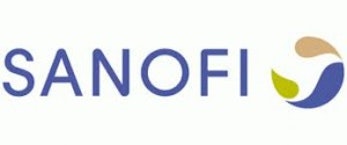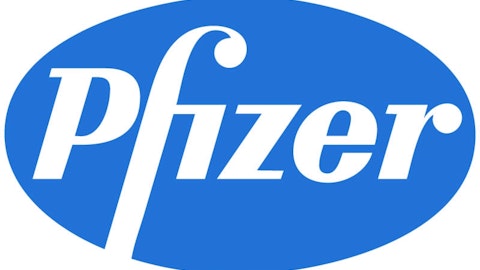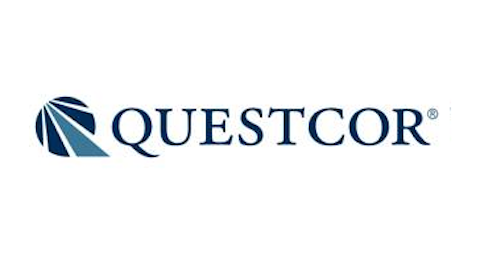It’s estimated that 30% to 40% of adults in the world experience some degree of insomnia every year. Most of these cases aren’t chronic and do not require medication. However, 10% to 15% of American adults reportedly suffer from chronic insomnia, which lasts for months at a time. Anxiety and depression are frequent causes of chronic insomnia, and currently available insomnia medications often contain some similar ingredients as anti–depressants.
Although many popular insomnia treatments lost their patent protection over the past decade, major companies are still rolling out new treatments, which they claim have fewer side effects. Let’s take a look at the current state of the insomnia market to better understand how these medications work, and if these products have the potential to become blockbuster drugs.
Sleep War Z

Ambien (zolpidem) is chemically different from older sleep aids, which often contain benzodiazepine – a psychoactive drug that is used to relax muscles and reduce anxiety. Ambien binds to GABA receptors to relax the muscles. Ambien’s popularity surged in the 1990s, and was Sanofi SA (ADR) (NYSE:SNY) blockbuster drug for many years. Sanofi SA (ADR) (NYSE:SNY)’s U.S. patent for Ambien expired in April 2007, and 13 generic versions have since been approved by the FDA.
Generic Ambien is now available from a wide variety of manufacturers, such as Sandoz, Teva and Ratiopharm. Sanofi-Aventis continues producing Ambien CR, an extended, modified-release version of the original medication, which reportedly helps maintain slumber, while the original Ambien and its generic copies only help initiate sleep.
Lunesta (eszopiclone), which was created by Sepracor (now known as Sunovion), is similar to Ambien since it is also a non-benzodiazepine treatment that initiates sleep by targeting GABA receptors. The patent for Lunesta will expire in February 2014, and is expected to be widely copied by generic manufacturers.
Sonata (zaleplon) also works in a similar manner to Lunesta and Ambien, and was originally produced by King Pharmaceuticals, which was later acquired by Pfizer for $3.6 billion. Sonata’s patent expired in June 2008, and has since been made widely available by generic competitors.
Getting the circadian rhythm back
Rozerem, or Ramelteon, is produced by Takeda Pharmaceuticals, and works by binding to melatonin receptors, which maintain the body’s circadian rhythm. This alternative approach causes less dependence and potential for abuse. Rozerem’s patent has been extended to 2019, although companies like Watson Pharmaceuticals (now known as Actavis) have attempted to produce generic versions before.
Another company focused on regulating the body’s circadian rhythm through melatonin receptors is Vanda Pharmaceuticals Inc. (NASDAQ:VNDA). Vanda Pharmaceuticals Inc. (NASDAQ:VNDA) is producing a treatment for Non-24 disorder, which is considered a neurological disorder that is different from typical chronic insomnia. Non-24 extends a patient’s circadian rhythm, causing the body to be disconnected from external time cues, resulting in chronic insomnia and excessive daytime fatigue. It usually affects the blind, since the lack of visual cues substantially exacerbates the disorder.
Vanda Pharmaceuticals Inc. (NASDAQ:VNDA)’s treatment, tasimelteon, aims to master the body clock by stabilizing both melatonin and cortisol rhythms, which oversee the circadian rhythm. Vanda’s new-drug application for tasimelteon was recently accepted by the FDA, and given a priority (eight month) review status. The FDA’s actions indicate that tasimelteon addresses an unmet need in the market, and is different from typical insomnia drugs.



